- Search
- Citation
- Doi
-
| 18 Mar 2022 | OPEN
Genomic structural variation in tomato and its role in plant immunityEmma Jobson and Robyn Roberts✉
Abstract
It is well known that large genomic variations can greatly impact the phenotype of an organism. Structural Variants (SVs) encompass any genomic variation larger than 30 base pairs, and include changes caused by deletions, inversions, duplications, transversions, and other genome modifications. Due to their size and complex nature, until recently, it has been difficult to truly capture these variations. Recent advances in sequencing technology and computational analyses now permit more extensive studies of SVs in plant genomes. In tomato, advances in sequencing technology have allowed researchers to sequence hundreds of genomes from tomatoes, and tomato relatives. These studies have identified SVs related to fruit size and flavor, as well as plant disease response, resistance/susceptibility, and the ability of plants to detect pathogens (immunity). In this review, we discuss the implications for genomic structural variation in plants with a focus on its role in tomato immunity. We also discuss how advances in sequencing technology have led to new discoveries of SVs in more complex genomes, the current evidence for the role of SVs in biotic and abiotic stress responses, and the outlook for genetic modification of SVs to advance plant breeding objectives.
-
| 18 Mar 2022 | OPEN
Molecular and biochemical basis of softening in tomatoDuoduo Wang and Graham B. Seymour✉
Abstract
We review the latest information related to the control of fruit softening in tomato and where relevant compare the events with texture changes in other fleshy fruits. Development of an acceptable texture is essential for consumer acceptance, but also determines the postharvest life of fruits. The complex modern supply chain demands effective control of shelf life in tomato without compromising colour and flavour. The control of softening and ripening in tomato (Solanum lycopersicum) are discussed with respect to hormonal cues, epigenetic regulation and transcriptional modulation of cell wall structure-related genes. In the last section we focus on the biochemical changes closely linked with softening in tomato including key aspects of cell wall disassembly. Some important elements of the softening process have been identified, but our understanding of the mechanistic basis of the process in tomato and other fruits remains incomplete, especially the precise relationship between changes in cell wall structure and alterations in fruit texture.
-
| 18 Mar 2022 | OPEN
Resequencing and genome-wide association studies of autotetraploid potatoFeng Zhang, Li Qu, Yincong Gu, Zhi-Hong Xu and Hong-Wei Xue✉
Abstract
Potato is the fourth most important food crop in the world. Although with a long history for breeding approaches, genomic information and association between genes and agronomic traits remain largely unknown particularly in autotetraploid potato cultivars, which limit the molecular breeding progression. By resequencing the genome of 108 main cultivar potato accessions with rich genetic diversity and population structure from International Potato Center, with approximate 20-fold coverage, we revealed more than 27 million Single Nucleotide Polymorphisms and ~ 3 million Insertion and Deletions with high quality and accuracy. Domestication analysis and genome-wide association studies (GWAS) identified candidate loci related to photoperiodic flowering time and temperature sensitivity as well as disease resistance, providing informative insights into the selection and domestication of cultivar potato. In addition, GWAS with GWASploy for 25 agronomic traits identified candidate loci by association signals, especially those related to tuber size, small-sized tuber weight and tuber thickness that was also validated by transcriptome analysis. Our study provides a valuable resource that facilitates the elucidation of domestication process as well as the genetic studies and agronomic improvement of autotetraploid potato.

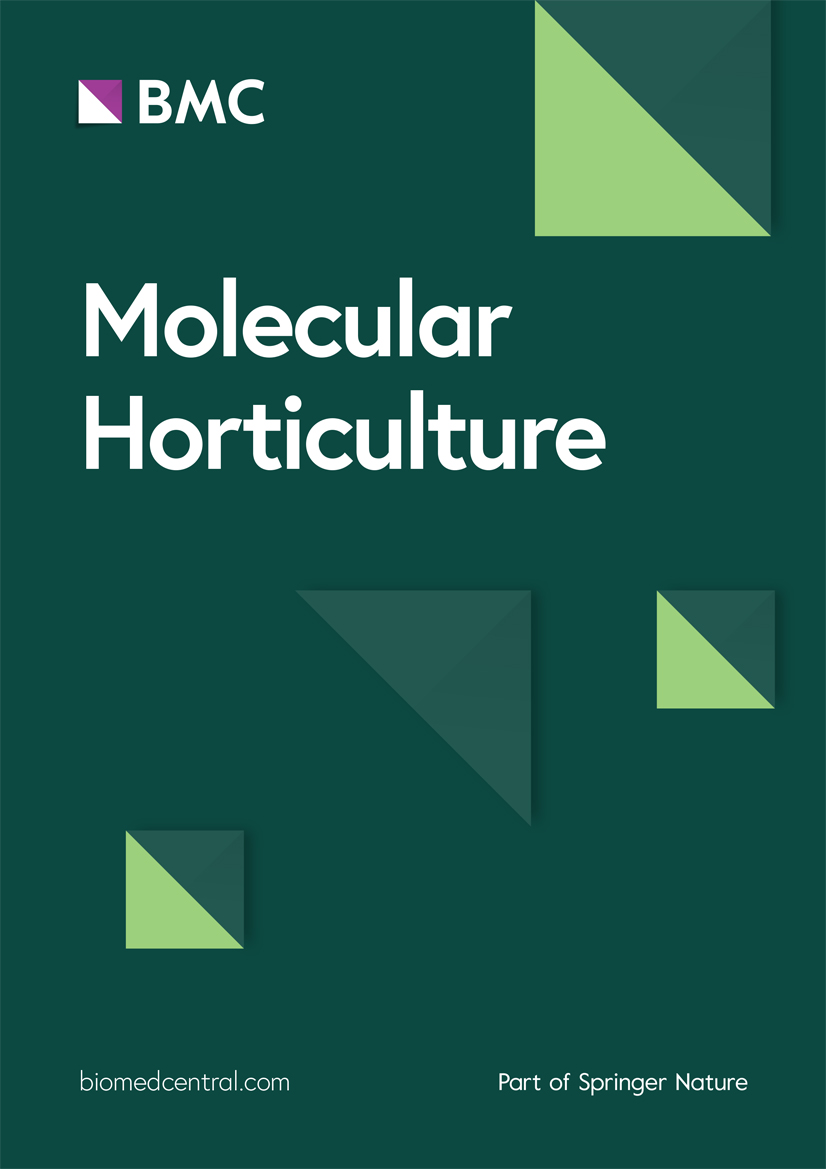



.jpeg)
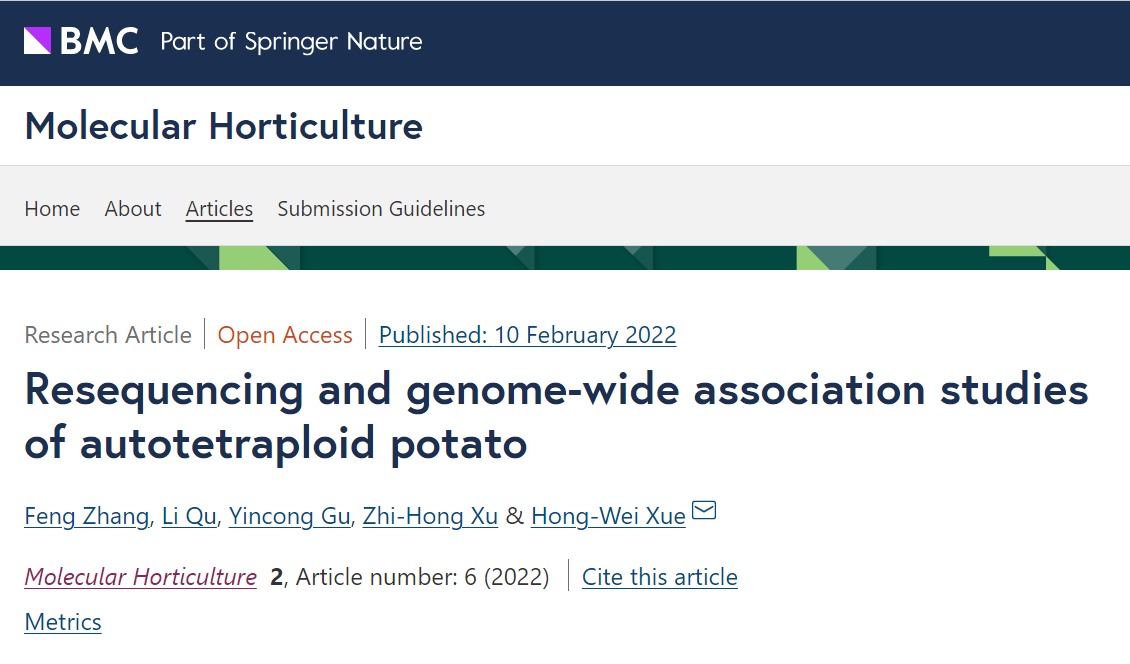
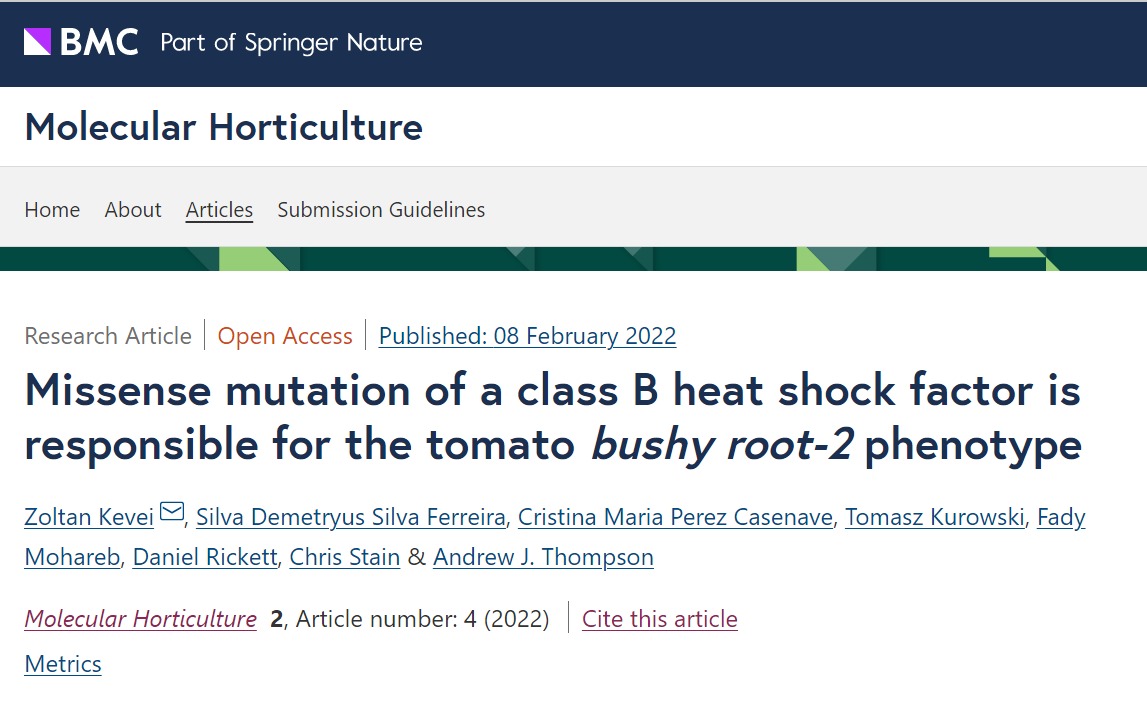
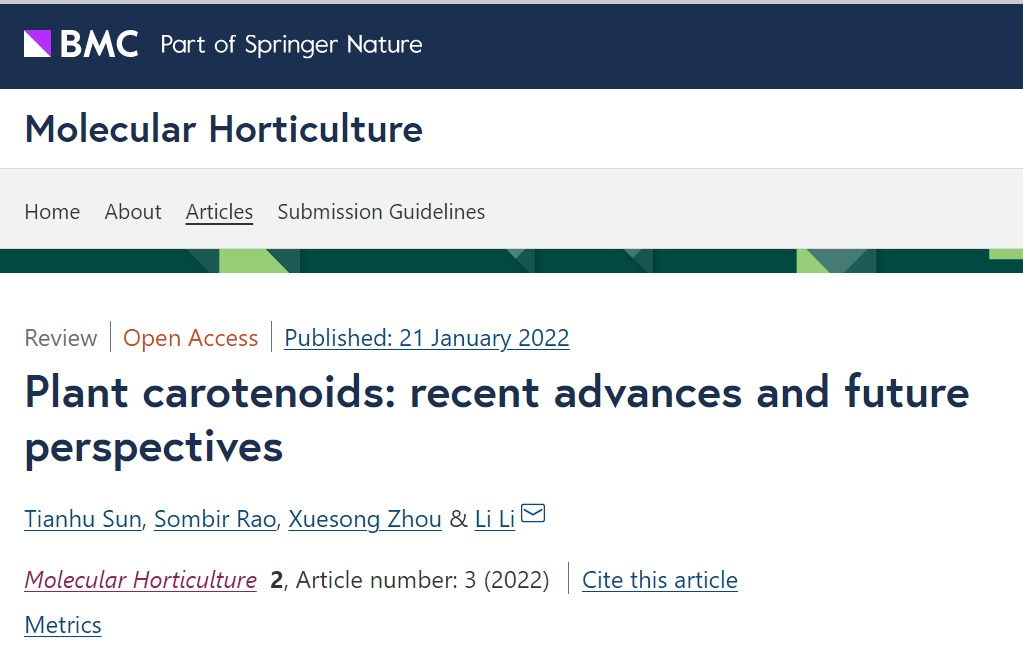
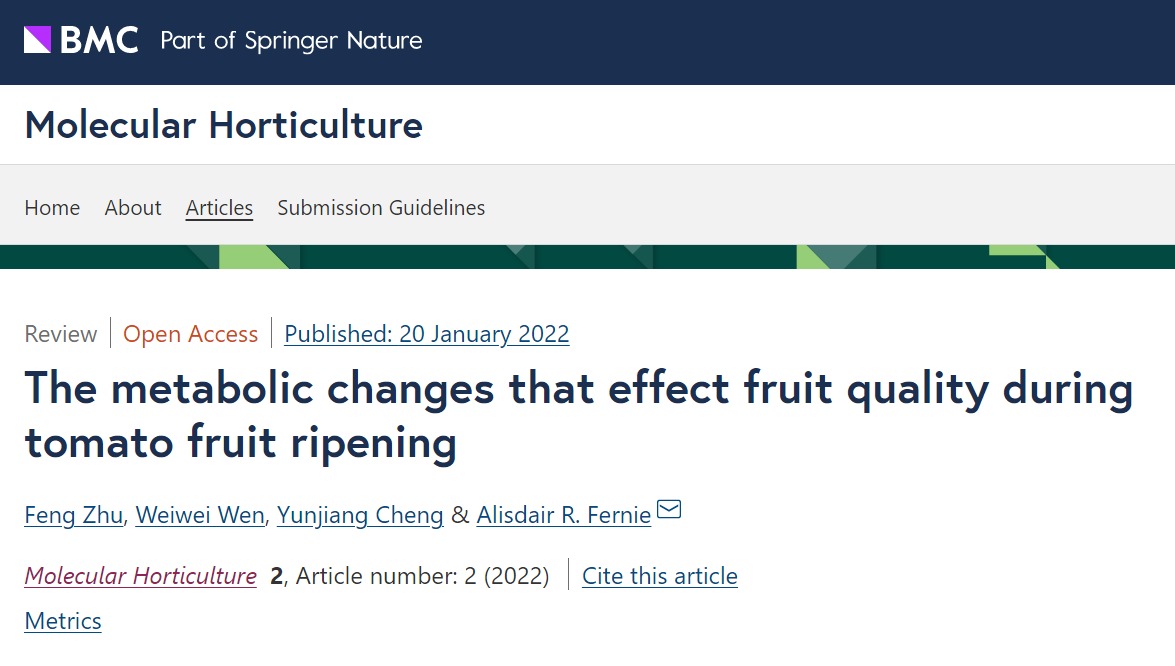





.png)

.png)
 loading......
loading......